Betty Lou Oliver, often referred to as the “Elevator Girl,” is known for her miraculous survival story that unfolded on July 28, 1945. On this fateful day, Oliver survived not just one, but two life-threatening accidents involving the Empire State Building and its elevator system.
Betty Lou Oliver was an elevator operator in the Empire State Building in 1945. Elevators were manually operated at that time, requiring a skilled operator to navigate the floors. On July 28, as she prepared for another day of work, little did she know that her life would change forever. Thick fog had enveloped New York City, reducing visibility to dangerous levels.
The Plane Crash into the Empire State Building
Amidst this fog, an American B-25 bomber inadvertently crashed into the 78th floor of the Empire State Building. The pilot had not seen the iconic structure in the mist, resulting in a devastating collision that ripped a gaping hole into the skyscraper and ignited fires across several floors. Miraculously, Betty Lou Oliver was not in her elevator at the time of the crash.
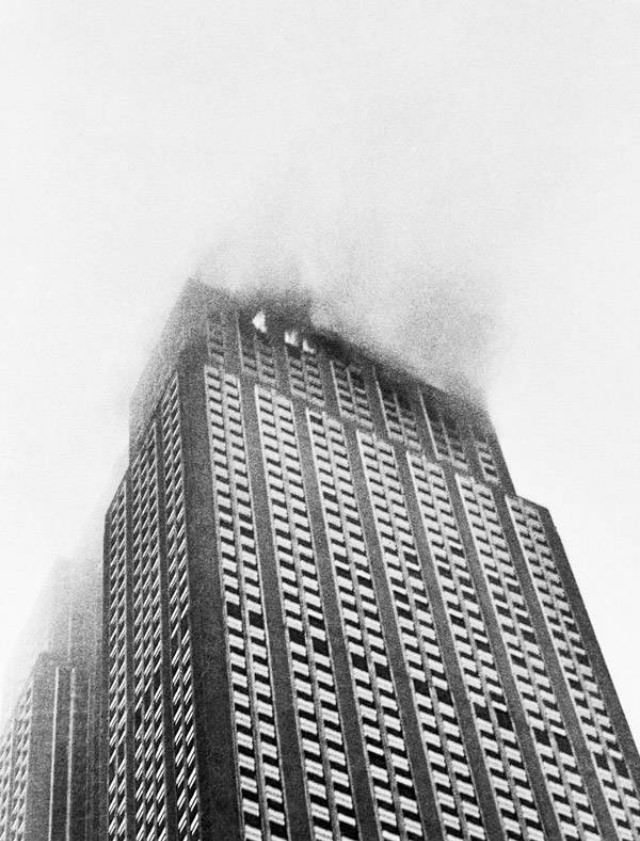
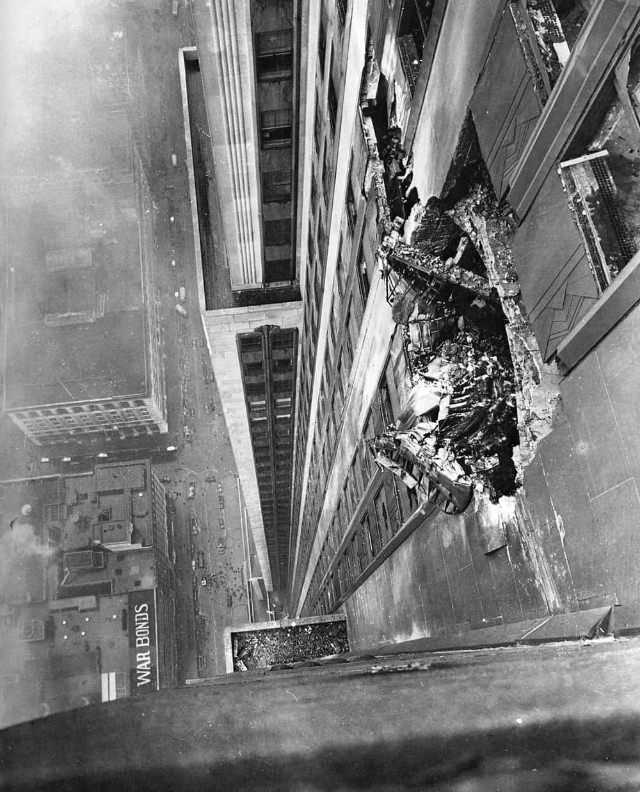
The impact was immediate and devastating, tearing a large hole in the side of the building, between the 78th and 79th floors. Fire broke out almost instantly, engulfing several floors and filling the building with thick, acrid smoke. Elevators were one of the first systems to fail due to the impact. For Betty Lou Oliver, the situation was particularly perilous. She was not in her elevator at the exact moment of the crash, which likely saved her life initially.

Despite the destruction, the Empire State Building’s structural integrity remained largely intact. However, internal systems like elevators were severely compromised. Wires were cut, and controls were rendered nonfunctional. This setting became the backdrop for Betty Lou’s second life-threatening experience of the day.
Rescue Turns Risky
Soon after the crash, rescue operations were underway. Betty Lou Oliver was injured in the chaos that followed the collision, and rescuers decided to move her via an elevator from the 75th floor to the ground floor for medical attention. Unbeknownst to them, the integrity of the elevator system had been compromised due to the impact of the crash. Shrapnel-like pieces of the plane’s engine had severed the cables of the elevator.
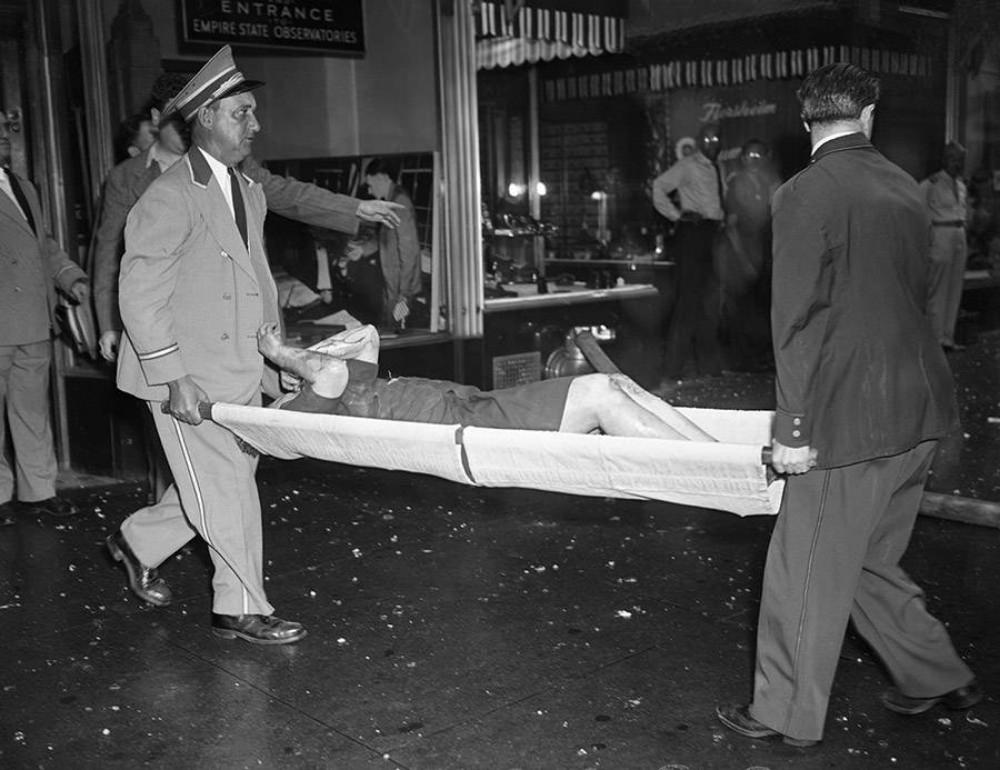
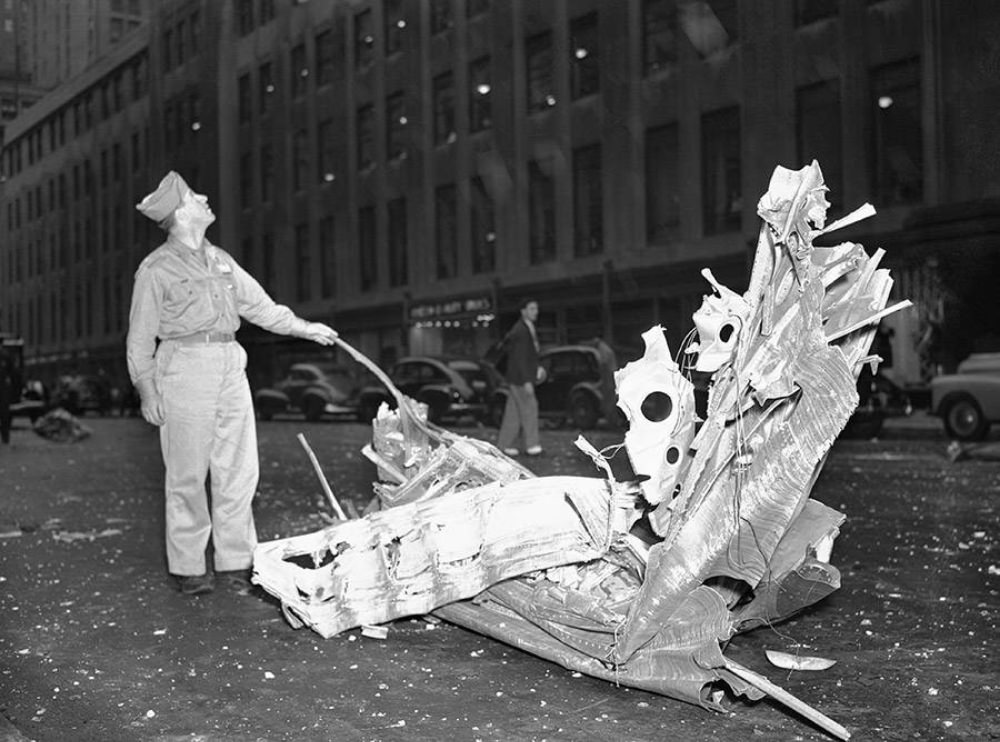
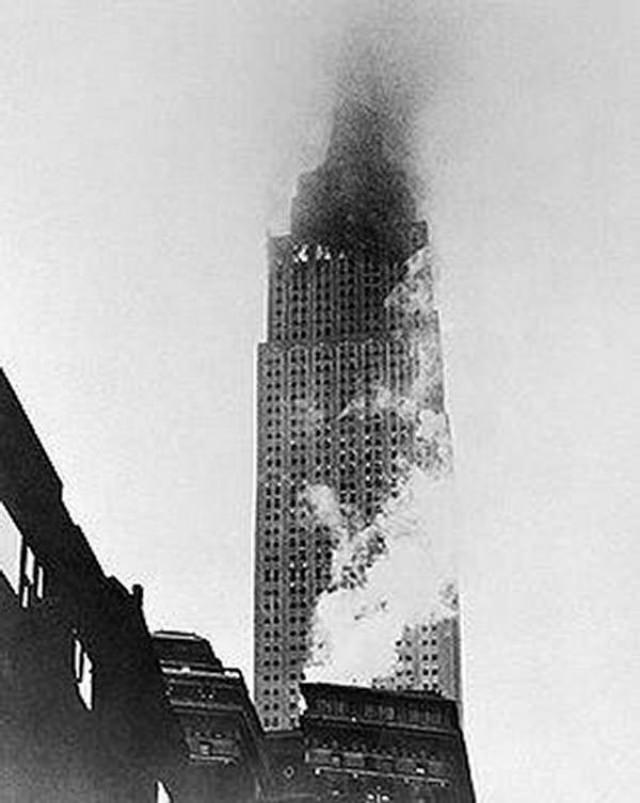
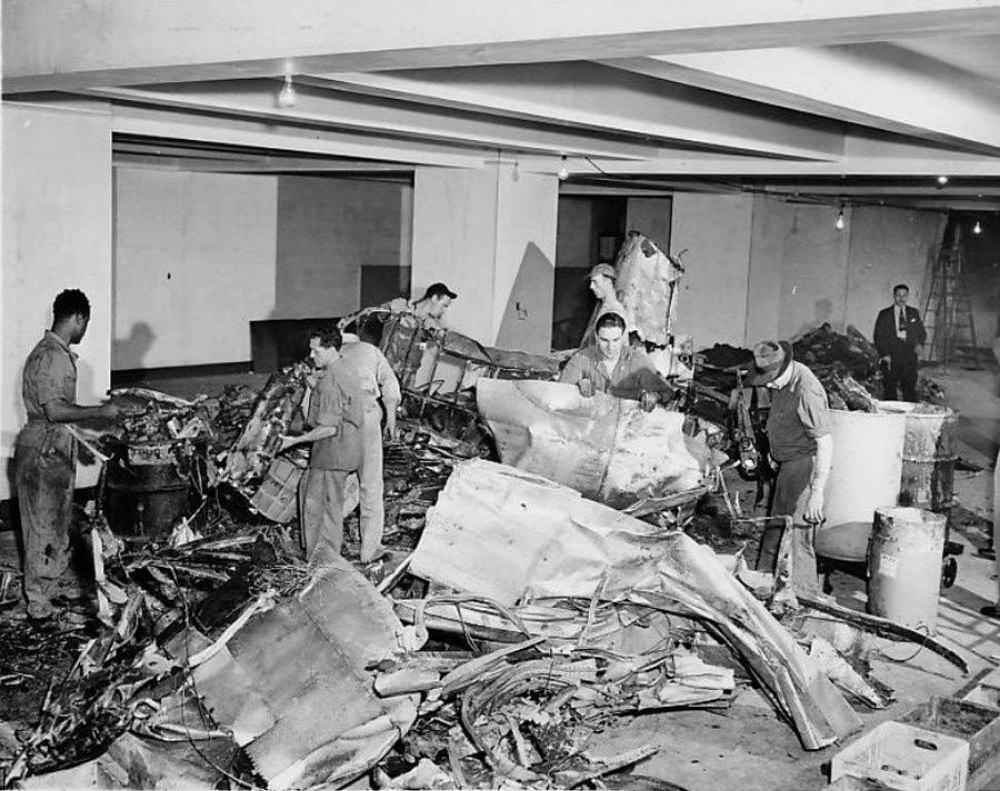
When the elevator began its descent from the 75th floor, Betty Lou was in a situation no one could ever prepare for. The rate of descent in a free-falling elevator can be astonishingly fast. Estimates suggest that within just two seconds, the elevator would have reached a speed of approximately 22 miles per hour, and it would only have accelerated from there due to the force of gravity. By the time the elevator approached the ground floor, it could have been moving at speeds close to 50 miles per hour, equivalent to a car on a freeway.
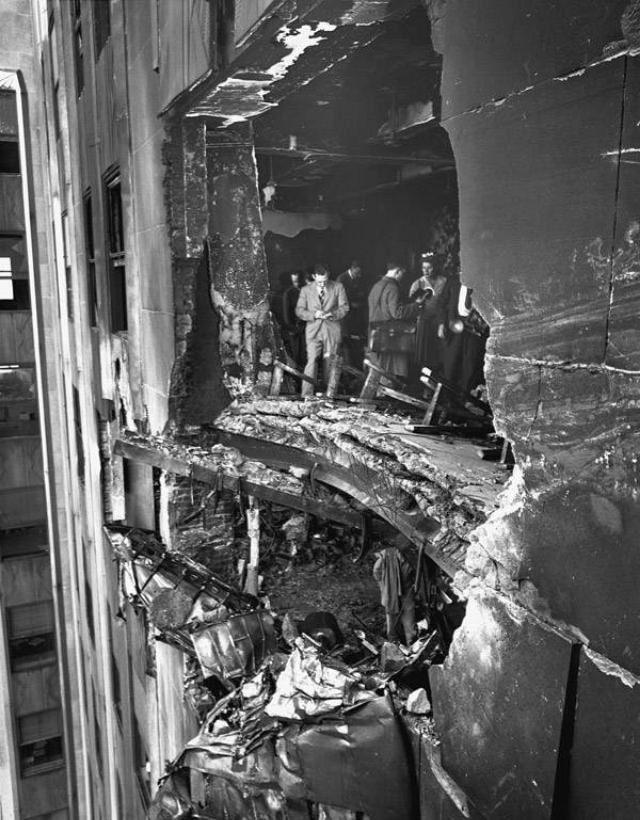
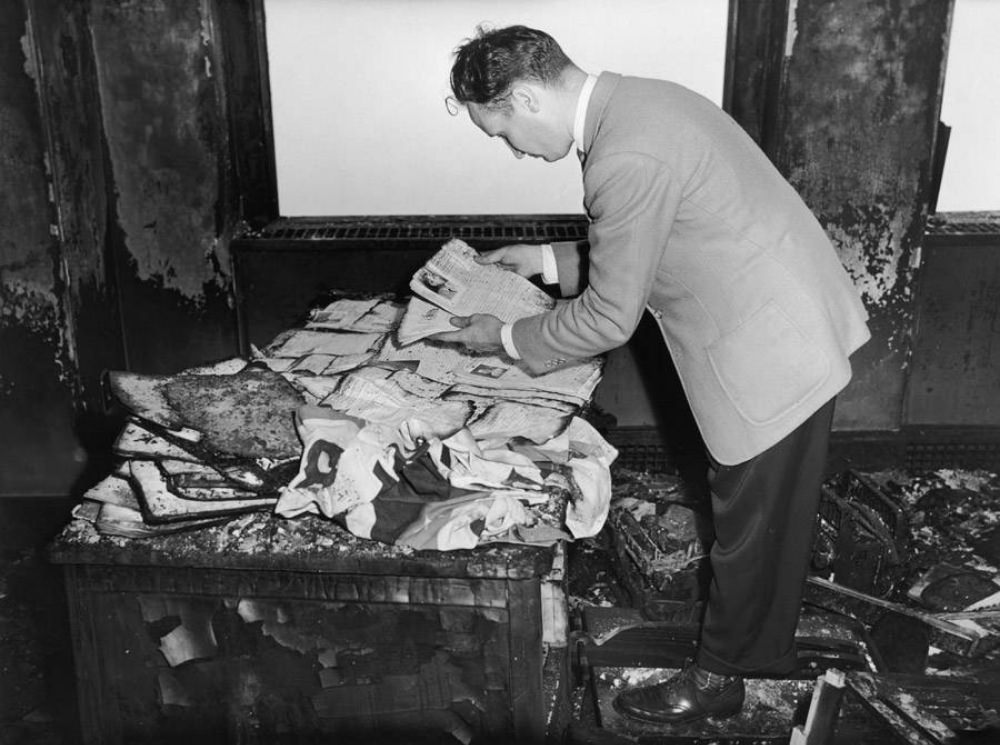
During the fall, the force of gravity would have pulled everything downward, including Betty Lou, making her feel weightless inside the plummeting box. In fact, she would have been in a state known as “free-fall microgravity,” a condition similar to what astronauts experience in space, albeit for a terrifyingly brief moment. For those few seconds, as the elevator hurtled down, the walls would have been the only indication that down was, indeed, down.
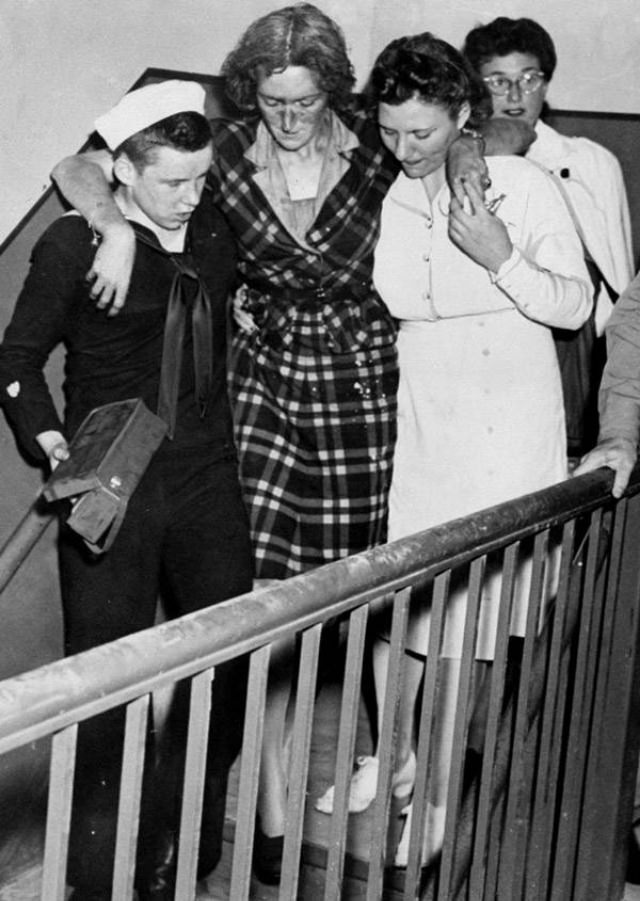
The Impact and Immediate Aftermath
As the elevator hit the basement, the impact would have been devastating. Elevators are not designed to withstand such forces. The structure of the elevator would have disintegrated upon impact, bending and twisting the metal into an almost unrecognizable shape, much like a crushed soda can.
The Miracle of the Coiled Cables
The coiled cables at the bottom of the shaft played an unlikely but crucial role in Betty Lou’s survival. These heavy cables, which had fallen before the elevator, formed a makeshift spring-like cushion. When the elevator car hit the coiled cables, some of the energy from the fall was absorbed, reducing the G-forces exerted on Betty Lou’s body. This accidental cushioning effect could have been the difference between life and death for her.
The Rescue Operation
Rescuers were in for a shock when they reached the basement. Expecting the worst, they found the elevator car in ruins but were astounded to see Betty Lou Oliver still alive. Her survival seemed impossible, almost defying the laws of physics. Firefighters and medical personnel quickly assessed her condition, astonished to find her conscious, albeit badly injured. She was then carefully extricated from the crumpled metal and rushed to the hospital for immediate medical attention.A Miracle at the Bottom of the Shaft
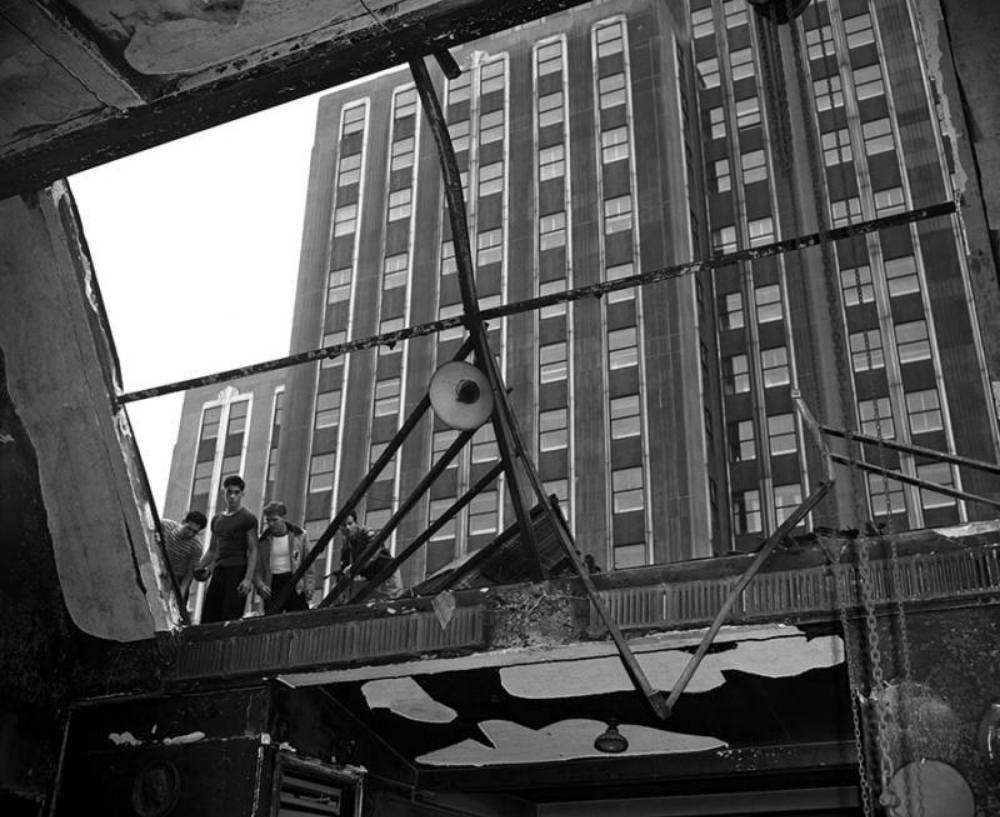
Lost in the fog that hung low over New York City on the morning of July 28th, a B-25 Bomber crashed into the Empire State Building and, flaming, plummeted to the roof of the Waldorf Bldg at 10 East 33rd street. The ill-fated plane smashed through the skylight of the studio of sculptor Henry Hering, ruining the artist’s apartment and his art work. Here is the broken skylight, with the Empire State Building in background.
Against all odds, Betty Lou Oliver survived this horrific fall. When rescuers reached the bottom of the elevator shaft, they were amazed to find her alive, albeit severely injured. The fallen metal lift cables had coiled at the base of the shaft, providing a rudimentary cushion that absorbed some of the impact, sparing Betty Lou from certain death.
Medical Aftermath
The injuries sustained by Betty Lou Oliver were extensive but not fatal—a medical marvel considering the ordeal she had just undergone. Among the first responders and medical professionals who attended to her, the consensus was unanimous: her survival was nothing short of a miracle. In the subsequent weeks, Betty Lou would undergo multiple surgeries and a lengthy rehabilitation process. She had survived an incident that became a historical record, a narrative of human resilience that medical practitioners still find perplexing.
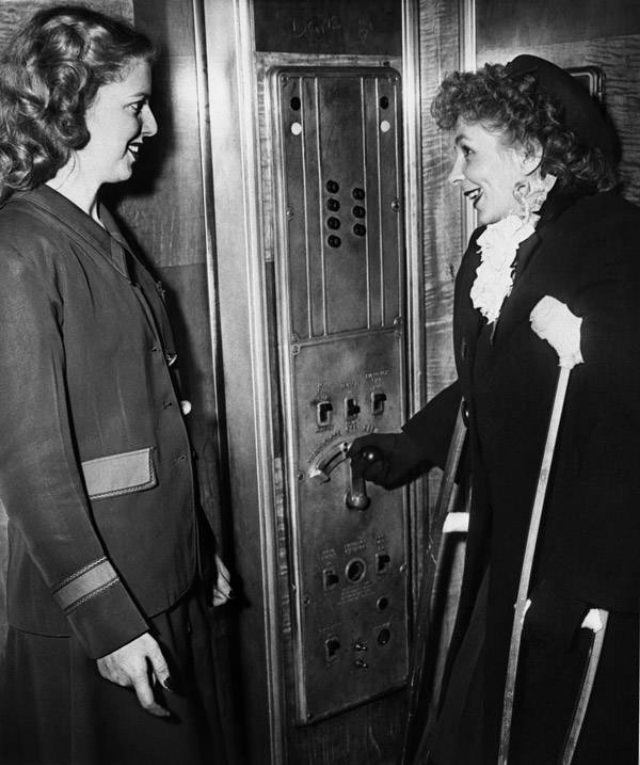
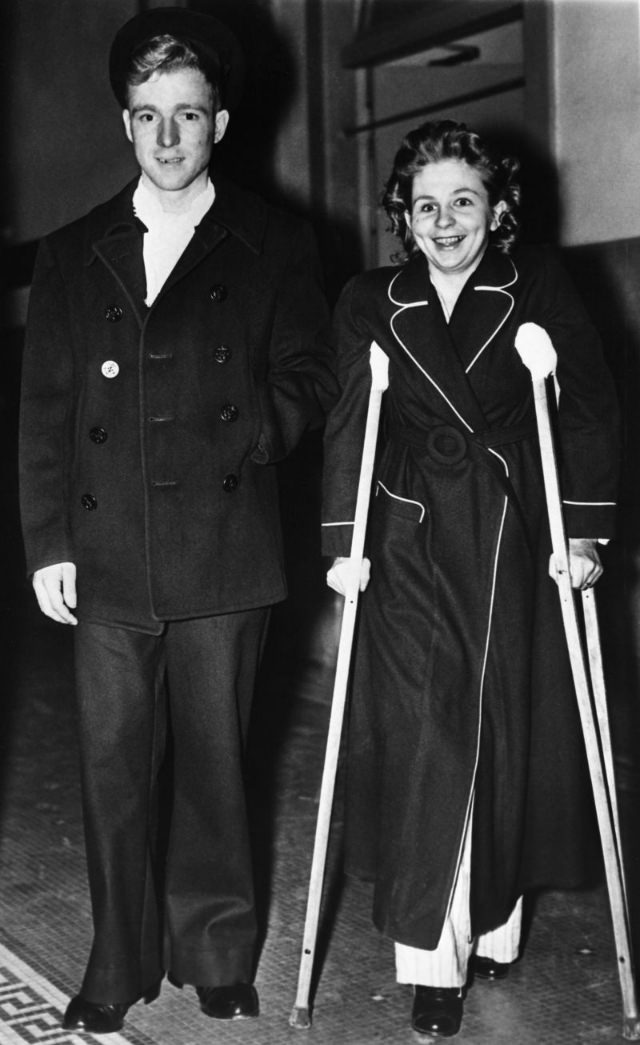
The World Record
Betty Lou Oliver’s elevator plunge remains etched in history as the longest surviving elevator fall, according to the Guinness World Records. The record acknowledges not just the vertical distance of the fall, but also the extraordinary circumstances under which the accident occurred.
Betty Lou’s incident triggered a review of elevator safety measures and contributed to significant advances in elevator technology. Safety features like redundant cabling, advanced braking systems, and failsafes became standard, partially inspired by the incidents of that day.


